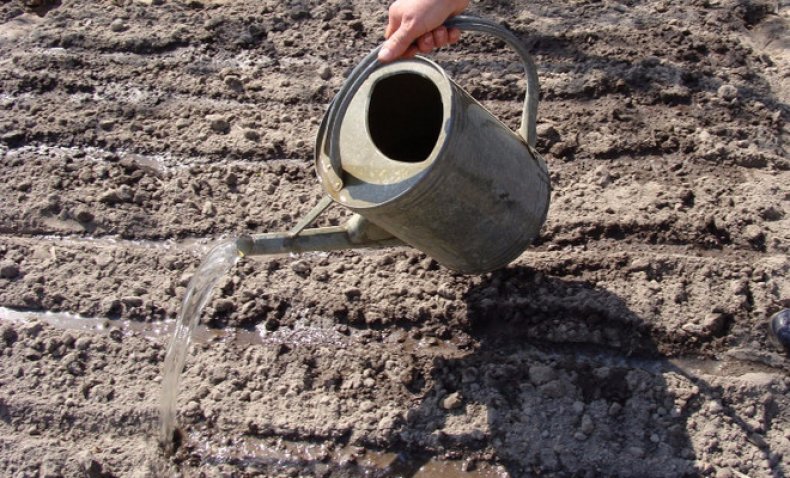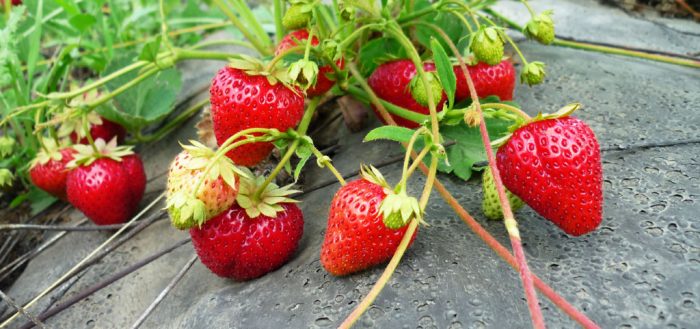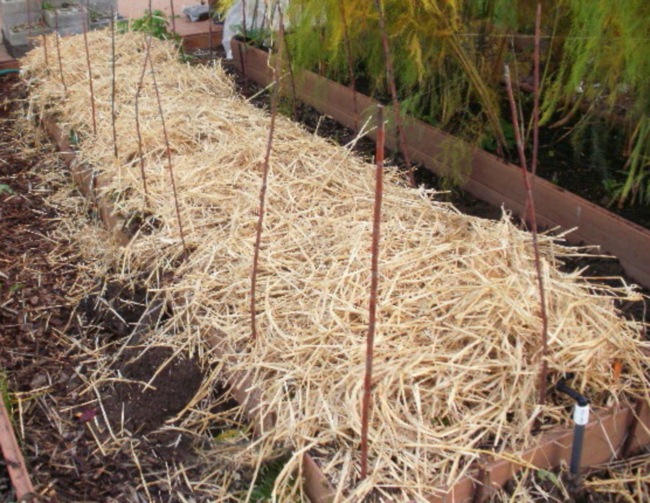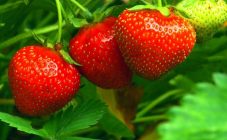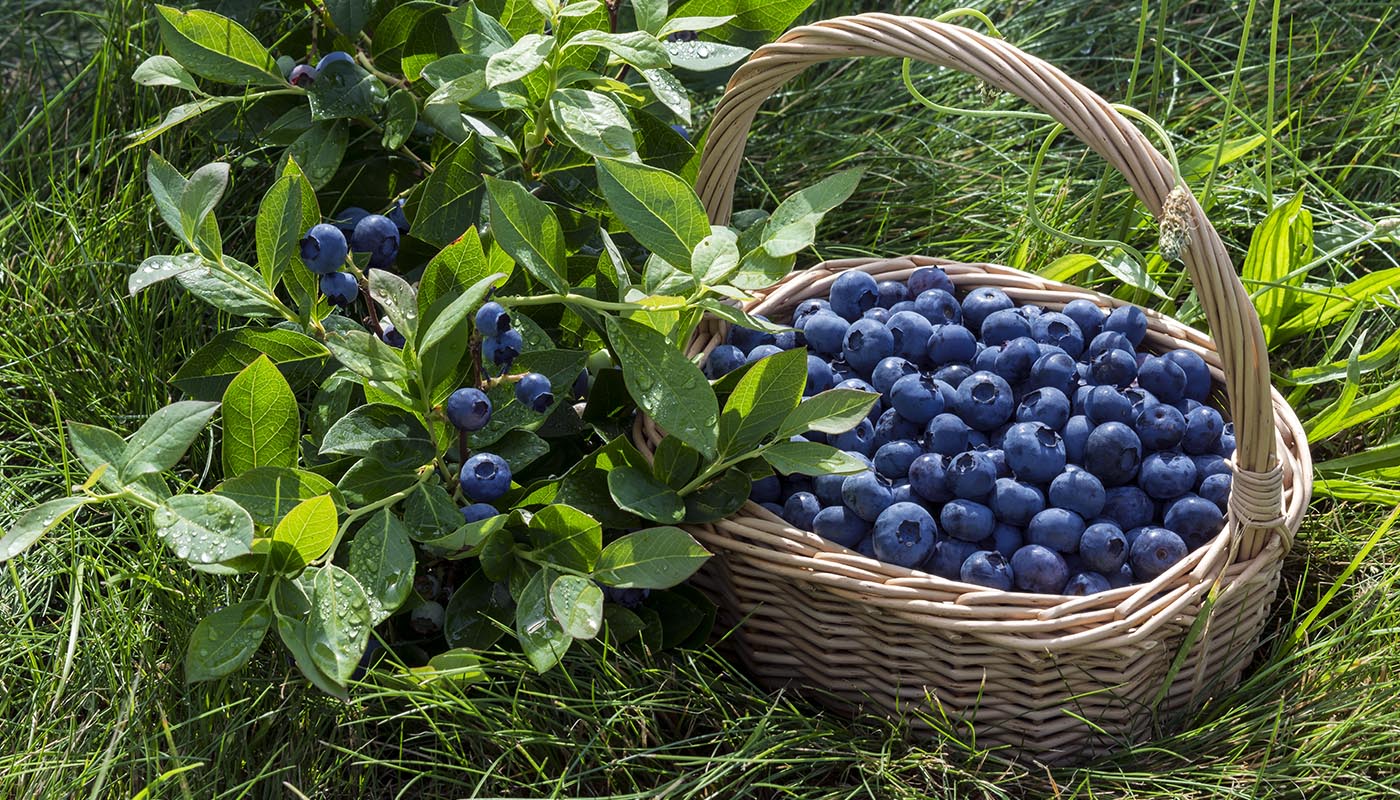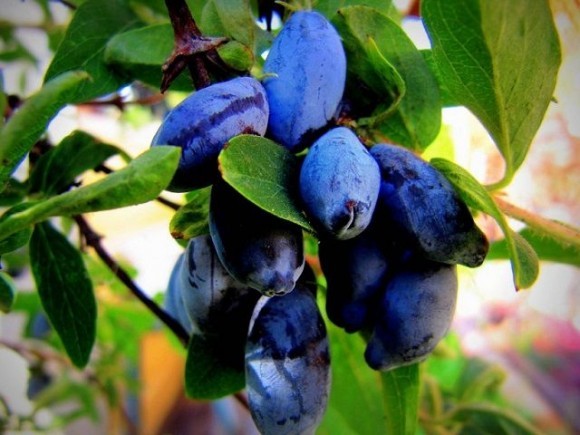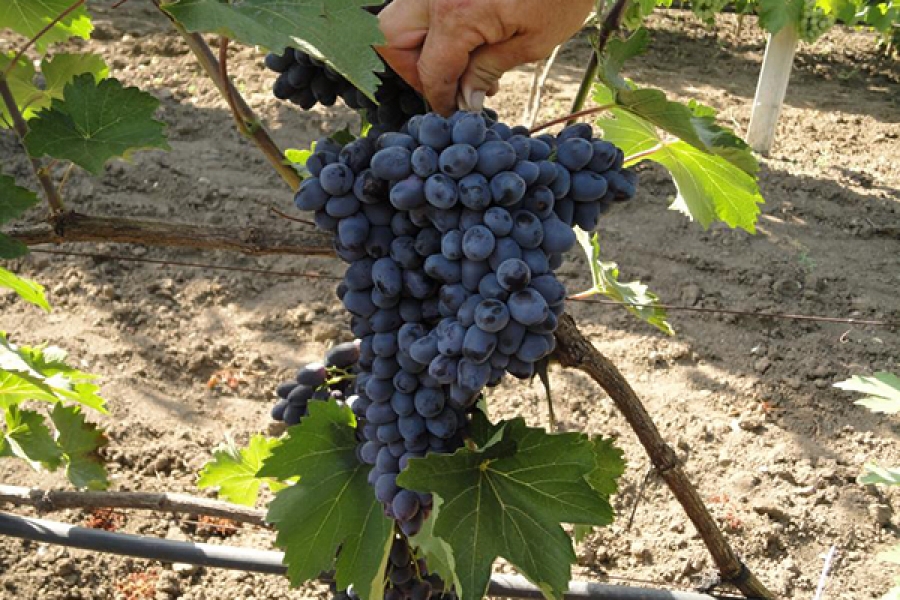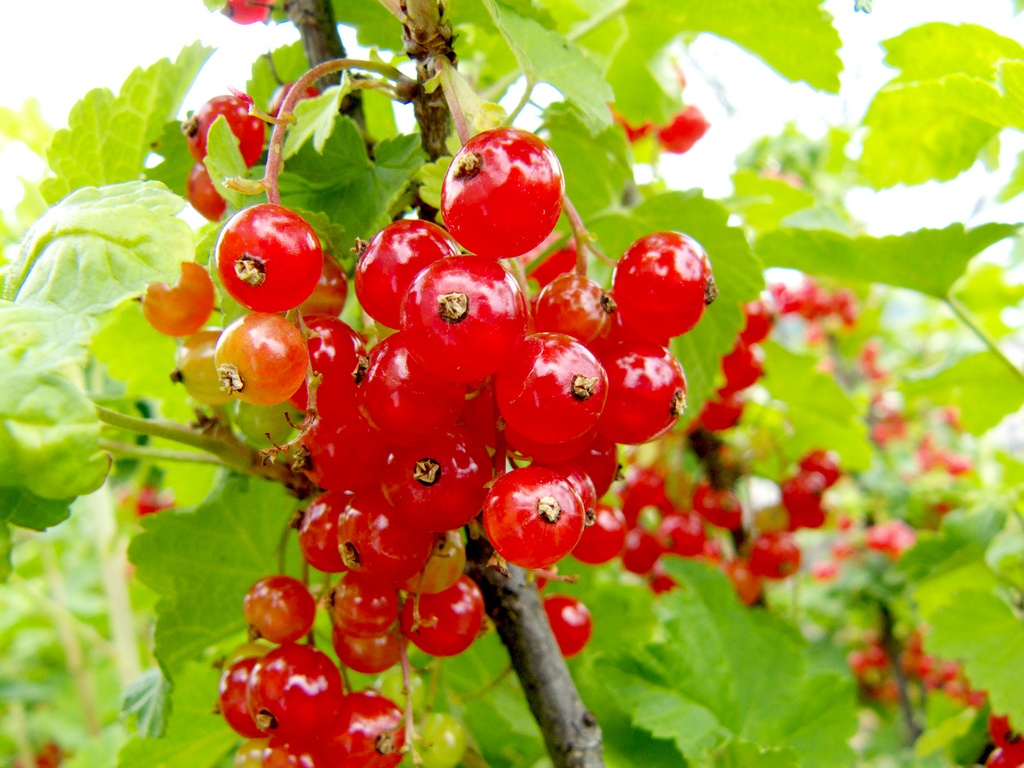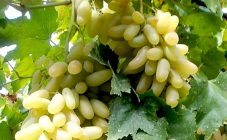Content:
The variety was bred by Dutch agronomists in the 70s, comes from the varieties Tamella, Induka. Strawberry Crown feels great in the middle zone of Russia. Differs in pleasant strawberry flavor and strawberry aroma.
Description of the variety
If the summer resident wants to grow Crown strawberries, the description of the variety and characteristics will come in handy. The plant has good resistance to frost. Without shelter, it can withstand cold down to -22 ° C. Strawberries are also resistant to fungal diseases.
The berries are medium and fleshy. Each weighs up to 30 g. All of them are almost the same in weight and size. The shape is round-conical or heart-shaped. The color of the berries is dark red with a glossy shine. The fruit has no inner emptiness or core. The peduncle is difficult to come off.
Refers to medium early varieties. The plant is capable of bearing fruit for a long time. Productivity - up to 1.2 tons per hectare. The peculiarity of fruiting is that the first harvest gives large berries, and later they decrease slightly.
The strawberry bush is small, with medium leafiness. Peduncles are powerful, have a small number of whiskers. The leaves are large, green, glossy, concave. Peduncles are located above them.
The shoots of the plant are high, have an average thickness. They are able to withstand a large number of berries.
Agrotechnics
Compliance with the rules of agricultural technology allows you to protect the plant from pests, adverse weather conditions and collect a very high yield of delicious berries.
Planting
You need to choose a good site for the plant. It is best if the area has sufficient sun exposure and is protected from the wind. Groundwater must be more than 1 meter deep.
Strawberries grow best on loam, sandy loam. The acidic indicator of the soil is close to neutral. During planting, the distance between the bushes should not be less than 50 cm. This way all plants will receive enough sun and minerals.
Before planting, the bed is treated with ammonia water. She perfectly destroys all pests. Ideally, if legumes or cereals were previously grown on the selected area. Solanaceae are not the best predecessors for strawberries.
Plants should be planted if they have 4 or 5 leaves and a root up to 10 cm long. Planting is carried out in the evening or in the afternoon when it is cloudy.
Before planting, the soil is dug up, manure, potassium chloride, ammonium nitrate, superphosphate are introduced into it. The distance between the holes is about 35 cm, and between the rows - about 50 cm. For each hole, you need to spend 0.5 liters of water. After watering, you need to wait about an hour, then place the bush in the hole. Then the plants are watered again, after which they are mulched with peat.
Reproduction
Strawberries reproduce in summer by dividing with bushes and mustaches. If reproduction with the help of a mustache is chosen, they must be spread out along the edges of the garden. In about a week or two, they will start to take root. When this happens, their ends are cut off. Bushes need to be watered regularly.
Around the beginning of August, a week before planting the bushes, you need to cut off the mustache.Further, the sockets are divided, which are planted on new beds.
Reproduction by dividing the bush is used much less often when there is not enough planting material. The strongest plants with several outlets are selected in advance. They are dug up and the sockets are carefully separated by hands. It is very important not to damage the roots.
The bush is planted in a pre-prepared hole. It is necessary to completely cover the rhizome with earth, because it will dry out. Plants need abundant watering.
Top dressing and watering
The best fertilizer for this strawberry is humus. Of the mineral fertilizers, nitrogen, potash and phosphate fertilizers have the most favorable effect on growth and productivity.
Top dressing is carried out three times:
- after the leaves bloom (urea is used at a concentration of 1 tsp per bucket);
- before flowering (potassium sulfonic acid in the amount of 1 tsp per bucket);
- after the berries ripen (nitrophoska in the amount of 1 tablespoon per 10 liters).
The bushes should be watered regularly. Drip irrigation should be provided - this way moisture will accumulate as much as possible near the roots. For 1 sq.m. up to 20 liters of water is consumed during the flowering period and half as much during other periods. Water temperature - from 20 to 25 ° C.
Harvesting
The berries must be collected in baskets or buckets with holes. This way you can achieve optimal ventilation of the berries and their safety.
Pruning and wintering
After the entire crop has been harvested, all mustaches should be trimmed. The best time for this is autumn. Before the onset of cold weather, the plant should be covered.
Shelter is carried out by filling the bushes with straw, ash. If a harsh winter is expected, then the plants are additionally covered with agrofibre. Straw or hay are not the best materials for shelter because they retain moisture. Rodents quickly start in it.
If light spots are visible on the leaves, the plants should be treated with special agents against gray rot. All chemicals must be used strictly according to the instructions. You can also protect the plant with the help of entomophages - beneficial insects.
Advantages and disadvantages of the variety
Berries have a universal application, that is, they are eaten fresh, they are used to make all kinds of homemade preparations and even alcoholic drinks.
Other advantages of the variety:
- high productivity;
- frost resistance;
- high taste of fruits;
- beautiful appearance that allows you to make berries a decoration for any table;
- long fruiting period.
The disadvantages of this variety of strawberries include vulnerability to gray rot and white spot. The berries have a low keeping quality, which reduces the benefits from industrial cultivation and sale.
Sometimes it may seem that the garden strawberry Crown requires special labor-intensive care. This is not entirely true. It takes a little practice in strawberry care, as you can see, the variety is easy to care for and is capable of producing an excellent harvest. Strawberries can be successfully grown in the garden for home use only. The variety can bring some trouble to farmers: the fruits are very soft and tender, which is why they quickly lose their presentation.

